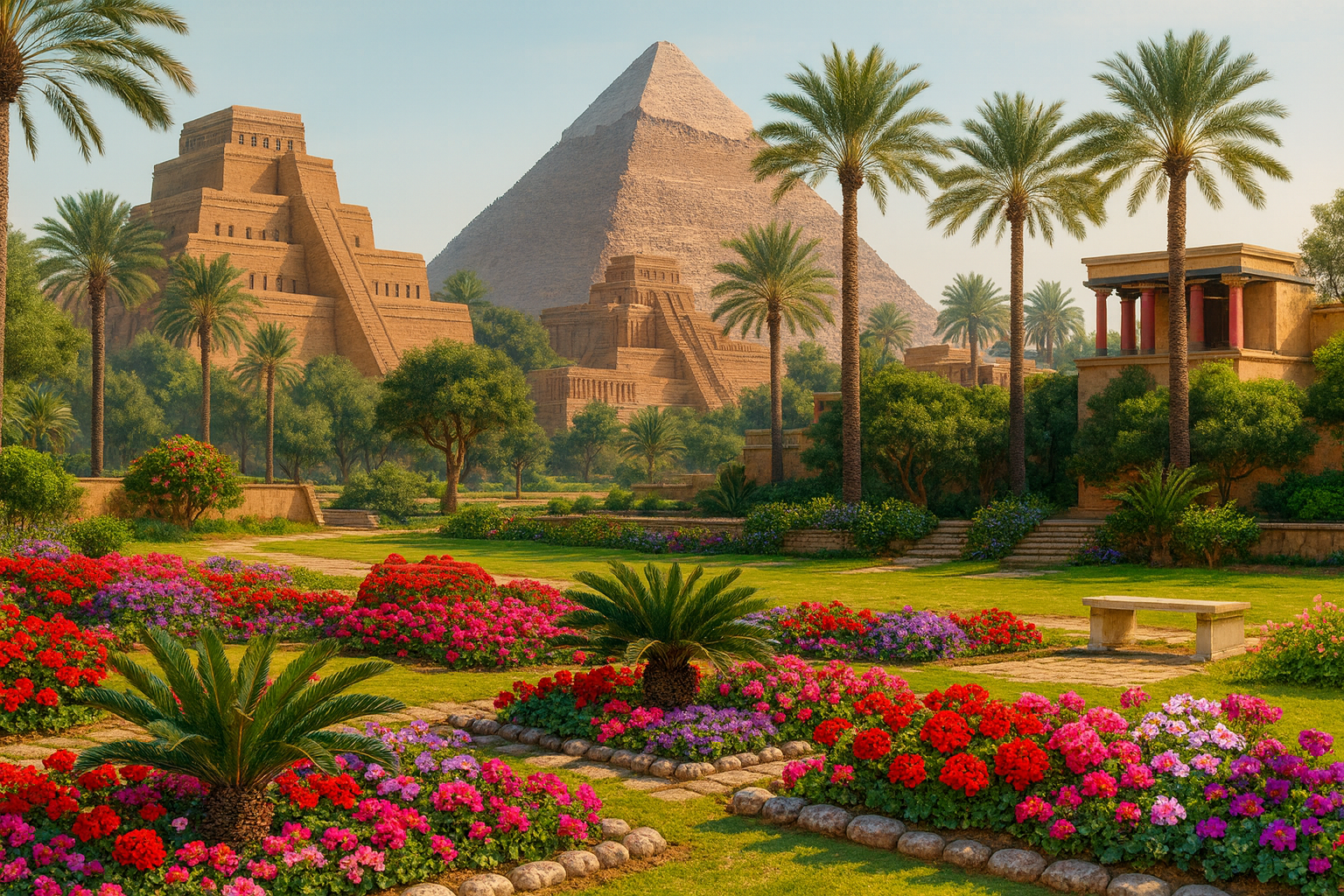The Lighthouse of Alexandria, also known as the Pharos of Alexandria, was one of the Seven Wonders of the Ancient World. Built during the reign of Ptolemy II in the 3rd century BCE, this remarkable structure stood as a beacon for sailors navigating the treacherous waters around Egypt’s bustling port city. Its innovative design, immense height, and enduring legacy make it one of the most fascinating architectural feats of antiquity.
Construction: Engineering a Marvel
The lighthouse was constructed on the small island of Pharos, just off the coast of Alexandria. Designed by the Greek architect Sostratus of Cnidus, it stood approximately 100 to 130 meters tall, making it one of the tallest man-made structures of its time. Built using large blocks of limestone and granite, the lighthouse featured three tiers: a square base, a middle cylindrical section, and a smaller circular tower at the top, crowned with a massive statue, possibly of Zeus or Poseidon. The structure was reinforced with lead to withstand earthquakes and powerful coastal winds.
Function: A Guiding Light for Mariners
The primary purpose of the lighthouse was to guide ships safely into Alexandria’s harbor. During the day, sunlight reflected off polished bronze mirrors, while at night, a fire was lit at the top, magnified by the same mirror system to project a powerful beam visible for miles. This early use of optics and reflection technology exemplifies the advanced engineering knowledge of the Hellenistic period.
Destruction: A Gradual Decline
Despite its sturdy construction, the Lighthouse of Alexandria gradually succumbed to natural disasters. A series of earthquakes between the 10th and 14th centuries severely damaged the structure. By the late 1400s, what remained of the lighthouse was repurposed for the construction of the Citadel of Qaitbay, built on the same site.
Archaeological Discoveries: Traces of the Pharos
Underwater excavations near the modern-day Alexandria harbor have revealed remnants of the lighthouse, including massive stone blocks and statues believed to have once adorned the structure. These findings provide valuable insights into its construction and confirm historical descriptions by ancient writers like Strabo and Pliny the Elder.
Conclusion
The Lighthouse of Alexandria remains a symbol of human ingenuity and maritime innovation. Though it no longer stands, its influence persists in the design of modern lighthouses and navigation aids. Ongoing archaeological discoveries continue to shed light on this lost wonder, ensuring its legacy endures in history.







